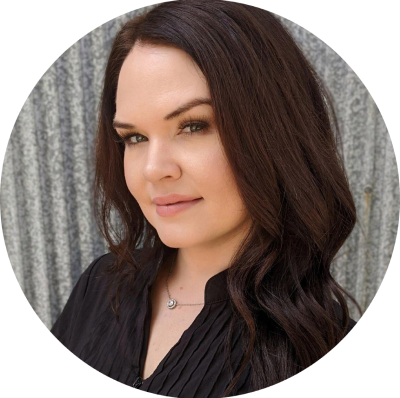Yes, you read that right — does pinching skin stimulate collagen? It’s the latest trend making the rounds on social media. By now we’re no strangers to skincare hacks, and if you’re like me, you’re probably skeptical of all the new ones out there, especially when there’s pinching involved. So, is there any merit to it? Let’s find out!
What is collagen?
For starters, let’s define collagen. It’s a word I often see thrown around, and its stimulation, regeneration, and preservation is the target of many skincare products on the market. Collagen is a protein produced by the body that provides the structure, support, and strength to the skin, muscles, bones, and connective tissues. Collagen production is in full swing when we’re young, but as we age, its production drastically declines. The result is that the collagen we have loses its elasticity and its ability to stand up to the effects of gravity that pull the skin downward, resulting in the signs of aging we’re all trying to reverse.
Should you pinch your skin to stimulate collagen?
Manipulating the skin with practices such as pinching is thought to stimulate collagen by increasing blood circulation, thereby carrying oxygen and other nutrients to the skin’s surface, where it can help create new cells. Pinching is also thought to aid in lymph node drainage, which helps flush excess liquids from the face making it appear less puffy and swollen. Using tools such as a Gua Sha or jade roller, for instance, can “sculpt” the face and give a temporary tightening effect to the skin.
Advocates of skin pinching claim that it tightens the skin by stimulating the muscles where you pinch to give a lifting effect to the area. Others even argue that it initiates collagen production the same way that microneedling does by creating trauma to the skin and inducing our body’s natural wound-healing response. While this may be true, the effect is temporary, and pinching the skin aggressively can lead to inflammation and redness that can increase in the area over time, similar to bruising.
What you should do instead of pinching your skin
While you may see certain short-term benefits after pinching your skin, they most likely won’t last. Luckily there are other tried-and-true things we can do to stimulate collagen production as well as preserve the collagen we do have. You can use products that initiate cell turnover and help new skin cells come to the surface with ingredients like retinoids and chemical exfoliants that have been used for decades and have the research to back up their claims. There are also plenty of professional and at-home treatments that boost collagen production, such as microneedling, radiofrequency, laser, LED masks, and microcurrent treatments.
If you’re looking for something that’s free to do, there are other massages that you can look into that don’t involve hurting yourself. Lymph node massage is a great alternative and a practice taught in professional massage and aesthetic schools as they work and are something you can easily do at home during your next at-home spa night.
The verdict
Despite the potential benefits of skin pinching, this esthetician’s opinion is a resolute no on the matter. While it’s free to do, your time is better spent using techniques we know to benefit the skin and boost collagen production.


